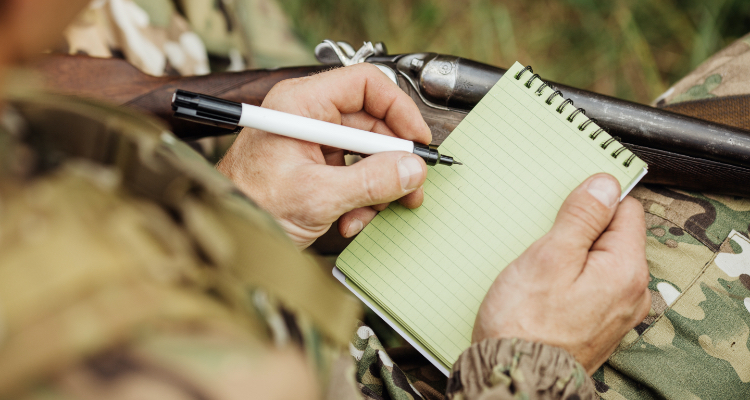Originally posted by Klem
View Post
I'd be willing to bet those low single digit SD's on the spreadsheet are actually much higher when you either shoot more groups or larger round count groups. Further, if you only shoot those 223 loads at 300 yards then most of this is just academic because you likely won't see a difference inside of 600 yards. The "Satterlee Method" attempts to locate the flat velocity nodes in a small number of rounds, not find the tightest group. As you pointed out, it is statistically irrelevant and often when you do a lot chrono testing (as you did), you identified nodes aren't really nodes after all. Try shooting the 23.5gr group again with 10 or 15 rounds and see what the SD's are.
Personally I would not use that load without more validation. 8208 does change velocity with heat and it wouldn't take much to change your velocity enough to swing the ES and SD's. I shoot a lot with some fairly competitive F-Class shooters and they would not use what you posted no matter what the group size is at 100 yards.
Also, thank you for taking the time to test this out and posting it for everyone to see. This is valuable for everyone following it.


Comment